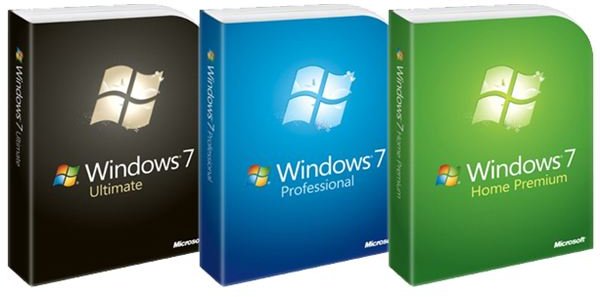Windows 7 for Dummies - Learn the Basics of Windows 7
Windows 7 is Windows
If you have ever used any previous versions of Windows at all (98, XP, Vista, etc…), it’s best to think of Windows 7 as being the same as that… with a slightly different look. Windows is what it is, an operating system. Although new features and different layouts are changed/modified with every new release of a Windows operating system, the core remains the same. So, say for example that you are making the jump from XP to 7. You still have the control panel, run command, start menu, and so forth. That’s a good place to start. Basically, Windows 7 and Windows XP are the same thing. Windows 7 just has a more modern looking interface and sports a few more features.
Some of the options, menus, and other items have different names. But, they are still very similar. For example, Windows XP has “My Computer.” The Windows 7 equivalent to this is simply “Computer.”
Windows 7 does have some new features that obviously have no previous equivalent. To learn about these, simply click the Start Menu, hover over Getting Started, and select Discover Windows 7. This should launch a new browser window with the Microsoft website. On this page, you can watch several video tutorials that will teach you some of the basics of Windows 7 in more detail.
Windows 7 for New Users

If you have never used any previous versions of Windows before, there is going to be more of a learning curve. Don’t be intimidated. Honestly, everything is pretty user friendly. You must know how to use the start menu and you must know how to right-click. These two things will allow you to do 90% of the tasks that you need to learn.
Although there are several tutorials out there, many of them will leave you more confused than you were when you started. Try this: make sure that your computer is not connected to the Internet. If you are using a desktop computer, simply make sure that you are not connected to a phone line, cable modem, or anything like that. If you are using a laptop computer, make sure that you are not connected via WiFi to the Internet. To test this, simply lauch Internet Explorer. It should display a prompt, saying something like “Internet Explorer cannot connect to this page.” Please note, now is one of the only times that you should be glad to see this message.
Now that you are not connected to the Internet, you cannot get viruses, worms, malware, or any other bad stuff. Start browsing around Windows and fiddling with stuff. Open any application you want, read the guide for that particular app, and so on. One of the best ways to learn software, especially something like Windows 7, is to just experiment.
Specific Tips
-
Start by using the Control Panel. From the Control Panel, you can configure Windows to work the way you want it to.
-
Click the Start Menu and select Documents. Along the left hand side of this window, you will see other options such as: Music, Pictures, Videos, etc. These are the Windows 7 default storage locations for the according media. Browse through all of the options in the left hand list. This is the file structure that Windows 7 uses.
-
Go download Microsoft Security Essentials as soon as possible.
-
Read more tutorials. If you are looking to learn something specific, such as how to burn a CD, search Bright Hub using those terms. There are a lot of other websites out there, but Bright Hub is pretty well rounded. It can be a go-to website, meaning that you don’t have to remember several specific websites to learn Windows basics.
